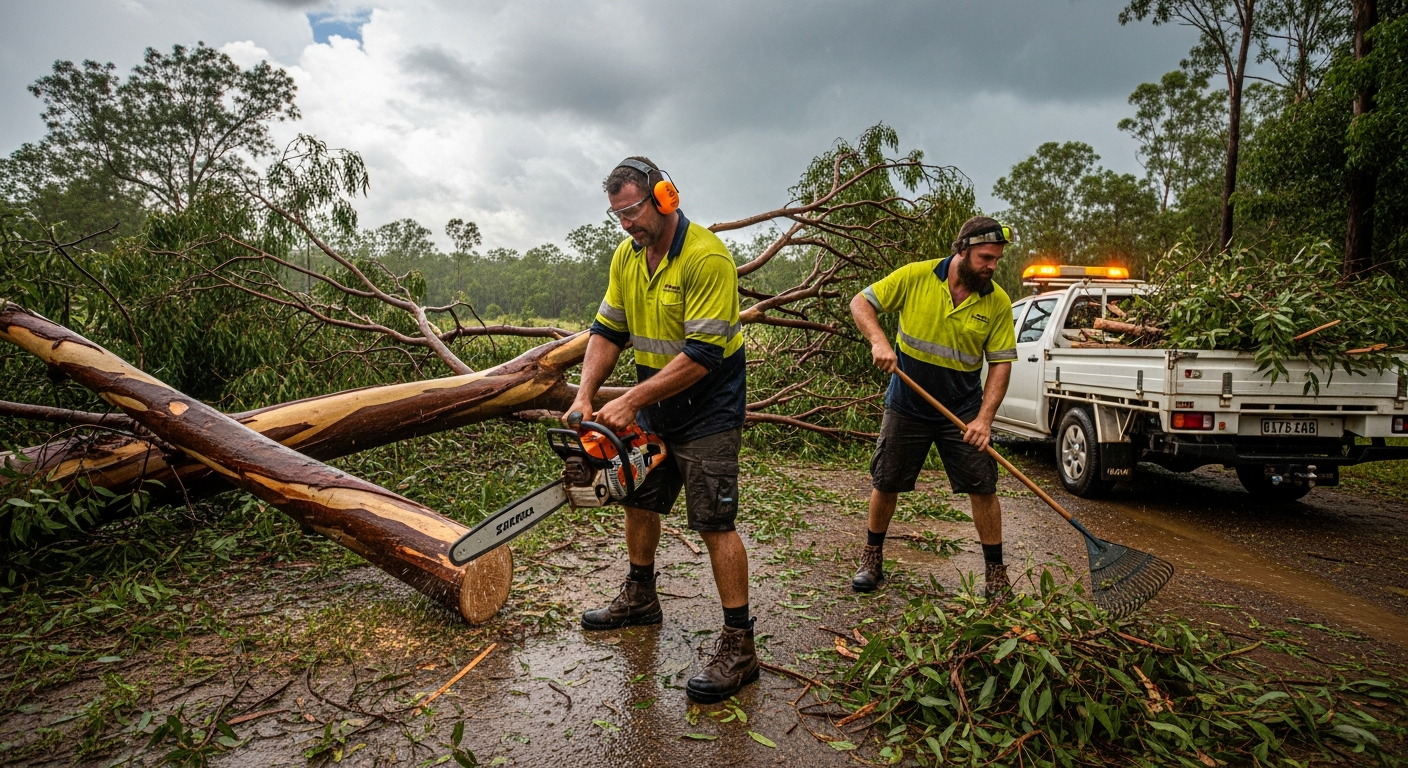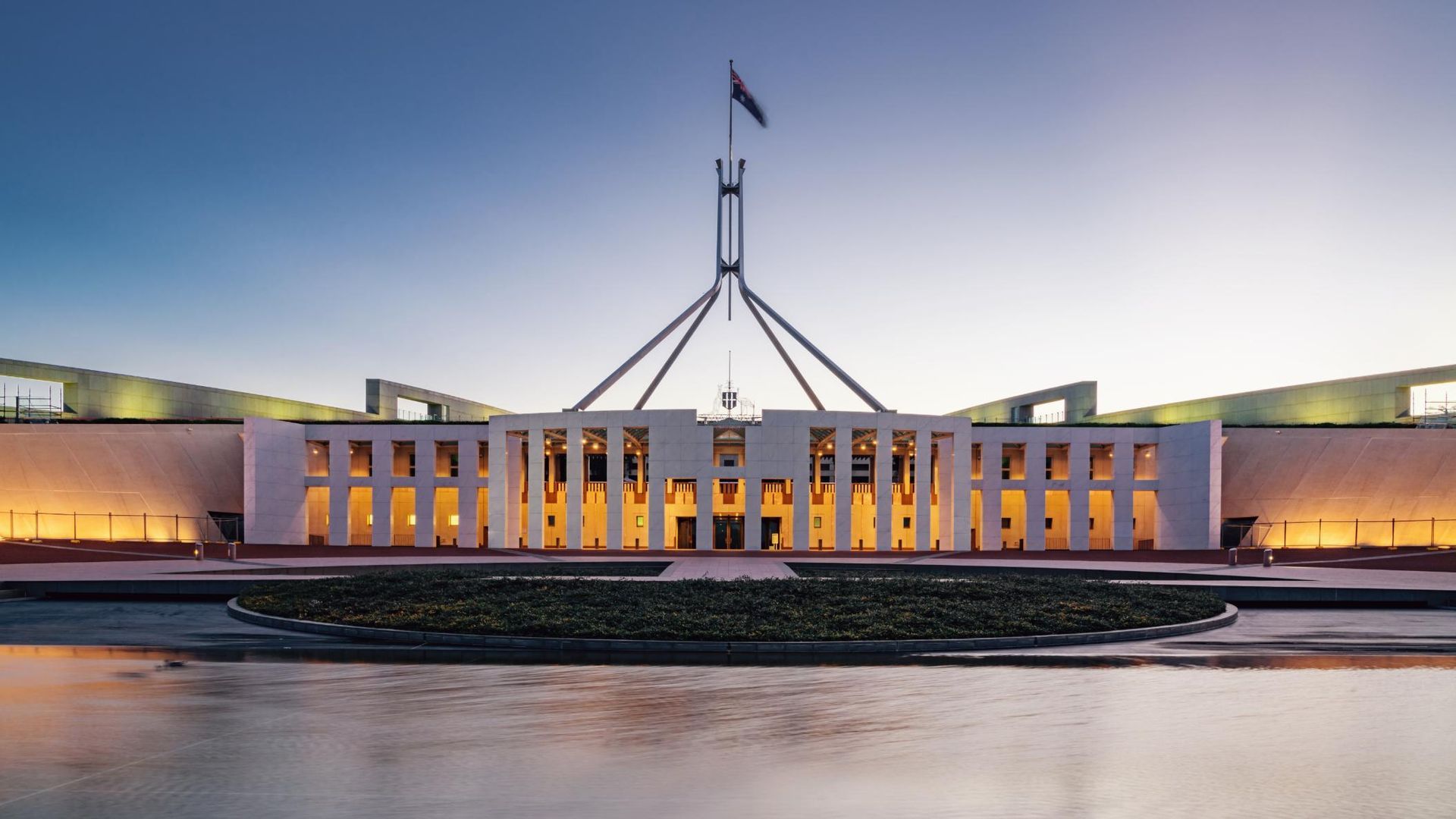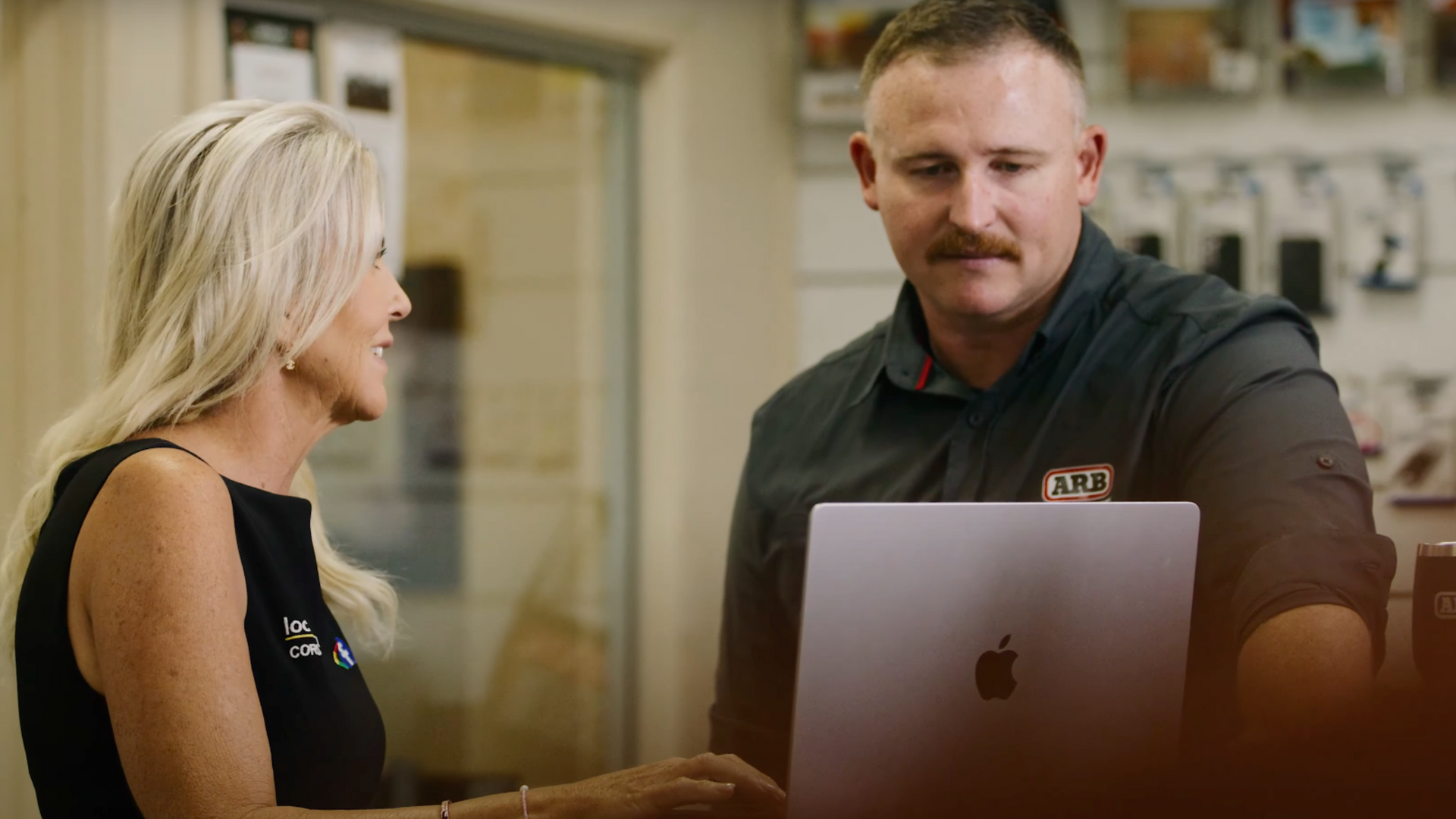What the 3.5% Minimum Wage Rise Means for Your Business
In this article
Related Articles
Tips to grow your business
from the experts
Fee-Free Training and Student Support for Key Industries
From 1 July 2025, the minimum wage is going up by 3.5%. While this is great news for workers doing it tough, it could put more pressure on your business, especially if you’re already feeling the pinch.
Here’s What’s Changing
The new minimum wage will be $24.94 an hour, up from $24.10. For someone working full-time, that could be an extra $32 a week, bringing their total weekly pay to around $948.
This decision was made by the
Fair Work Commission, which looks at things like cost of living and inflation (which is now at 2.4%). They said that low-paid workers have been struggling to keep up, and this increase helps them catch up after years of falling behind.
What Others Are Saying
Some groups, like the ACTU (Australian Council of Trade Unions), say this wage rise is a win for everyone, including businesses. Their view is that when people earn more, they are likely to spend more.
Meanwhile, the
Council of Small Business Organisations Australia (COSBOA) has expressed concern about the impact on small businesses, particularly if wage increases are not matched by productivity gains. They advocate for a simpler employment system that helps small businesses manage hiring and staff incentives more effectively.
Why It Matters to You
According to the Council of Small Business Organisations Australia (COSBOA), if you pay your team the minimum or award wage, this change means higher weekly costs. But it’s not just the hourly rate, when wages go up, so do other costs like:
- Superannuation contributions (which also increase from July 1)
- Payroll tax
- Workers compensation premiums
While the increase provides much-needed support for workers, it also signals rising employment costs for businesses across the country.

















